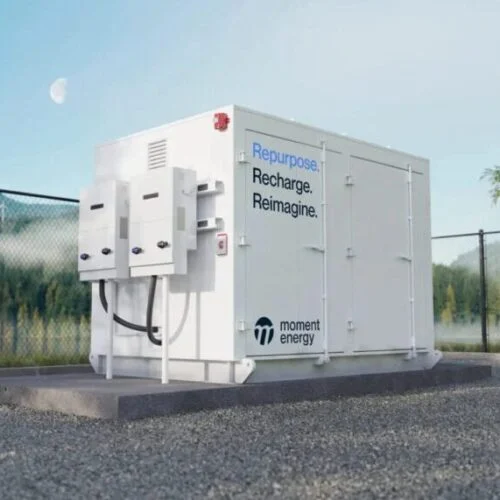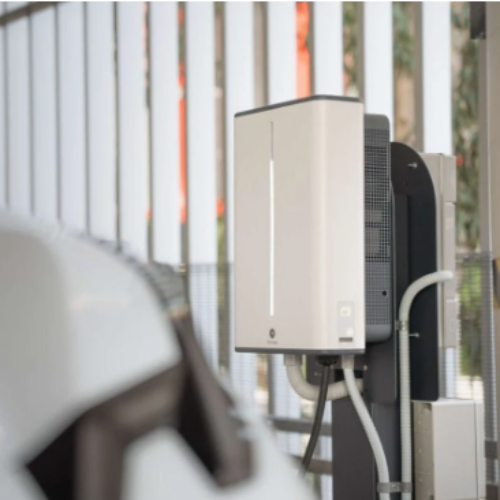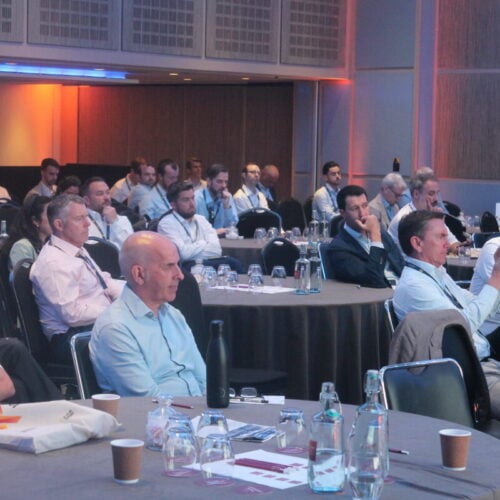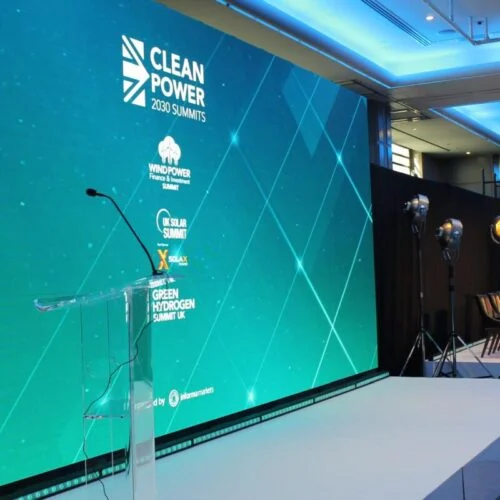Buses have emerged as a key part of transport decarbonisation, and it makes sense as to why. The fixed-route, depot-based nature of bus transport lends itself well to the transition to zero-emission vehicles, and bus transport is essential to a large proportion of the nation, with buses accounting for over half of all public transport journeys outside London.
The UK’s bus operators are making a huge push towards electrifying their fleets. London proudly boasts the largest zero-emission bus fleet in Europe, with over 1,300 zero-emission buses now running across the Transport for London (TfL) network. Mayor of London Sadiq Khan has committed to making the entire fleet zero-emission by 2034, and a recent order of 25 buses from Volvo signals that the Mayor’s office is taking this pledge seriously.
Outside the capital, some of the UK’s largest public transport operators have been rapidly shifting towards fleet electrification. Efforts include that made by First Bus, which has been working alongside Heliox to develop five new electric bus depots across the south west of England while also bringing over 150 new electric buses onto the road.
Here, we explore the successes, challenges, and future of decarbonised bus transport across the UK.
Can the grid handle this?
Transitioning an entire fleet is no small feat. Charging infrastructure needs to be expanded significantly and the grid must be resilient enough to handle the load. Distribution Network Operators (DNOs) have been working to ensure electricity grids can handle the increased strain bus charging will put on them, with UK Power Networks (UKPN) recently completing a major grid upgrade at London’s Whitehall Road bus depot, adding a new 4.5MW power connection in order to put 109 new electric buses onto the network.
This is not the only possible solution for expanding the grid capacity in cities to support electric bus charging – public power grids could be bypassed partially or entirely by making use of battery energy storage systems (BESS). Two players in this arena at present are Volvo Energy and TUAL, both of whom are developing new battery-based systems to bring EV charging to places currently unsuitable for it.
TUAL’s PowerUp chargers use an integrated battery to deliver high-speed 200kW DC charging on an 11kW supply, even one that was previously only suitable for trickle AC charging; this is achieved by storing energy during off-peak periods, with energy supply coming either from local grids at times of high supply and low demand, or from onsite renewable energy generation. TUAL recently announced a strategic focus on the 8,000 automotive retailers facing critical grid constraints in the UK, and while as yet there has been no announcement of plans to expand the use of this technology to bus networks, the potential for this is clearly immense.
Meanwhile, Volvo Energy’s PU500 portable BESS has a 450-540kWh battery capacity, and an integrated 240kW DC fast charger, allowing it to charge a heavy duty truck in around an hour and a half. Similarly to the TUAL units, the PU500 can charge itself even when power from the grid is low, and includes a power boosting feature enabling it to charge vehicles quickly even during times of limited grid supply.
Funding the Future
Naturally, decarbonising an entire nation’s bus service will require a significant injection of cash, and the UK government has stepped in to attempt to assist. The two phases of the Department for Transport’s (DfT’s) Zero Emission Bus Regional Areas (ZEBRA, and ZEBRA 2) programme have allocated hundreds of millions of pounds to help local authorities fund the switch to EV public transport.
In total, ZEBRA 2 is set to provide £129 million to bring hundreds more zero-emission buses into the nation’s transport network in the financial years 2023-2024 and 2024-2025. According to the UK government, around 4,200 zero-emission buses have been funded since February 2020, with the first round of the ZEBRA scheme supporting around 1,300 of these.
The UK government announced in April of this year that it had invested nearly £38 million to bring 319 new electric buses onto England’s roads by the spring of 2027, with 12 local authorities landing funding. Of these, the West of England Combined Authority emerged on top, securing almost £20 million to fund the deployment of 160 buses which will run through Bristol’s low-emission vehicle zone and the city of Bath. The UK government has stated that it expects every £1 of public money used for decarbonising the bus network to be matched by at least £3 of private sector investment, a statement designed to stir interest in public transport investment among major financial institutions.
Government funding has been allocated to help support rural areas with the specific challenges of decarbonising public transport fleets, with £25 million specifically being assigned for rural areas.
Rural bus networks will often have vehicles travelling significantly longer distances or be located in areas with a lower population and thus much more limited grid capacity, requiring vehicles with much longer range batteries, or much more extensive grid upgrades than might be required in their urban counterparts. But what if batteries aren’t the right solution for every location?
Heads up for hydrogen
While much of the effort towards providing decarbonised bus transport in the UK has focused on battery electric vehicles, hydrogen buses are proving useful in regions where longer ranges and rapid refuelling are crucial.
Aberdeen’s hydrogen-powered fleet was claimed to be the world’s first double-decker hydrogen bus fleet by its operator, First Bus, upon its launch in 2021, and Britain’s “second city”, Birmingham, launched 124 new hydrogen double-deckers in 2022. Abderdeen, however, provides a cautionary tale of the problems raised when too little investment is made in charging or refuelling infrastructure, as its hydrogen bus fleet has been off the road since July 2024, owing to maintenance problems with refuelling infrastructure.
In the effort to provide a just transition for oil and gas workers, the UK government has put a significant amount of emphasis on building out the nation’s green hydrogen industry; the majority of proposals for the Grangemouth oil refinery centre around developing green hydrogen at the site. However, very little has been said about using the UK’s growing green hydrogen manufacturing capacity for public transport routes – most is centred around use in heavy industry or to make sustainable aviation fuel, which is arguably a missed opportunity for the sector given the ability of hydrogen powered vehicles to refuel in areas with limited capacity for grid upgrades or to power longer bus routes.
Private investment in hydrogen-powered bus fleets has risen, as evidenced by a recent major transaction between Wrightbus and HSBC UK. HSBC UK has provided the Northern-Ireland-based zero-emission bus manufacturer with a £150 million finance package, which will be used to help ramp up manufacturing capabilities for hydrogen and battery electric buses at the firm’s factories in both Northern Ireland and Malaysia, as well as to help develop new battery electric and hydrogen technologies. This follows news that Wrightbus would be allocating £25 million towards research and development of next-generation hydrogen and electric buses, £5 million of which will be used to develop what is being hailed as the UK’s first hydrogen-powered coach.





